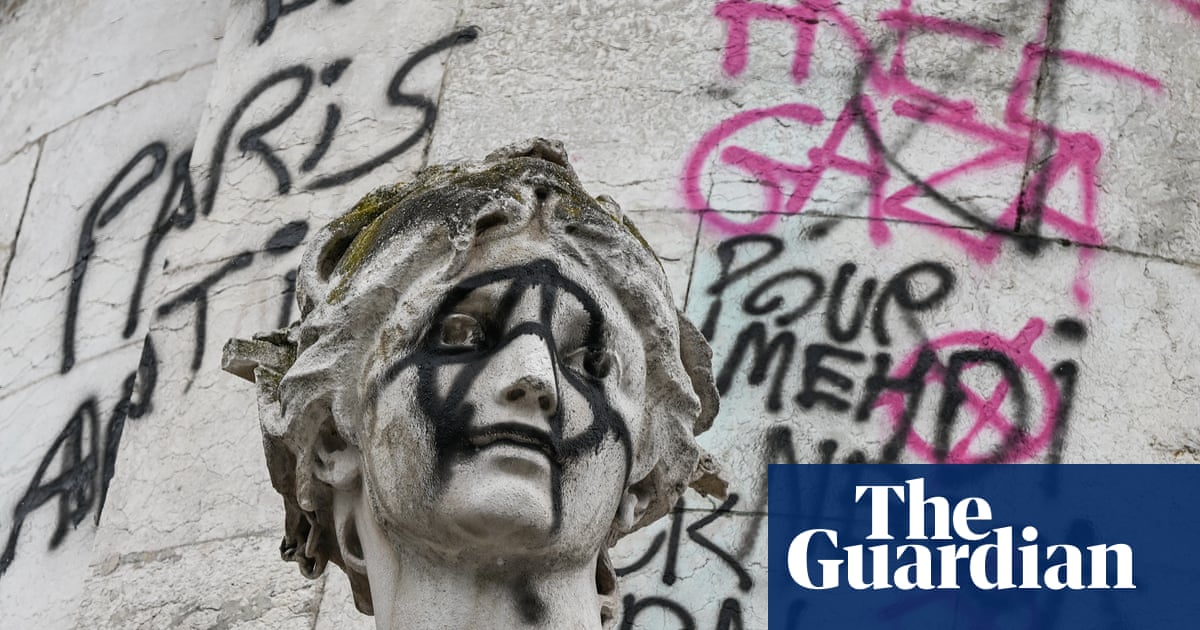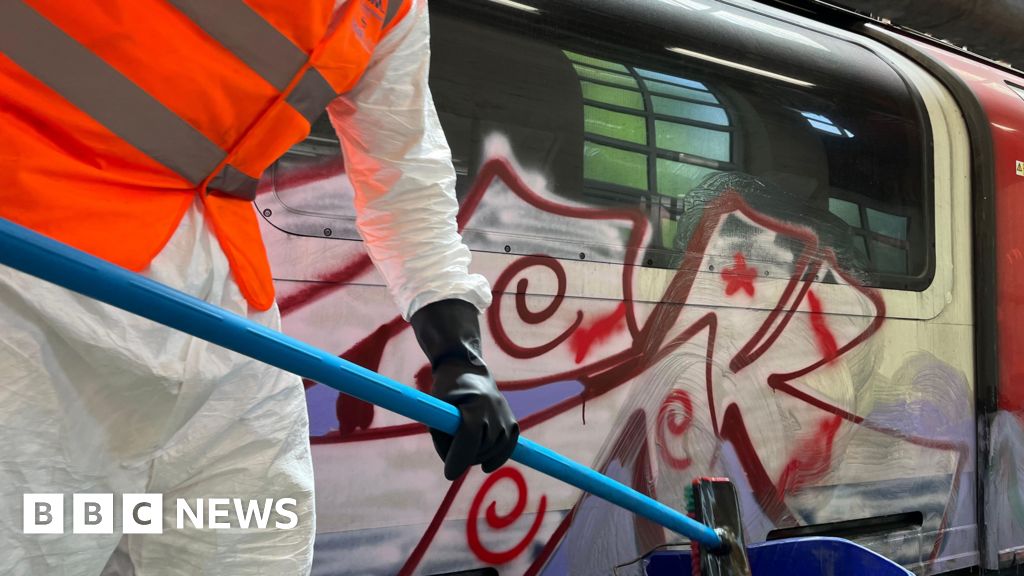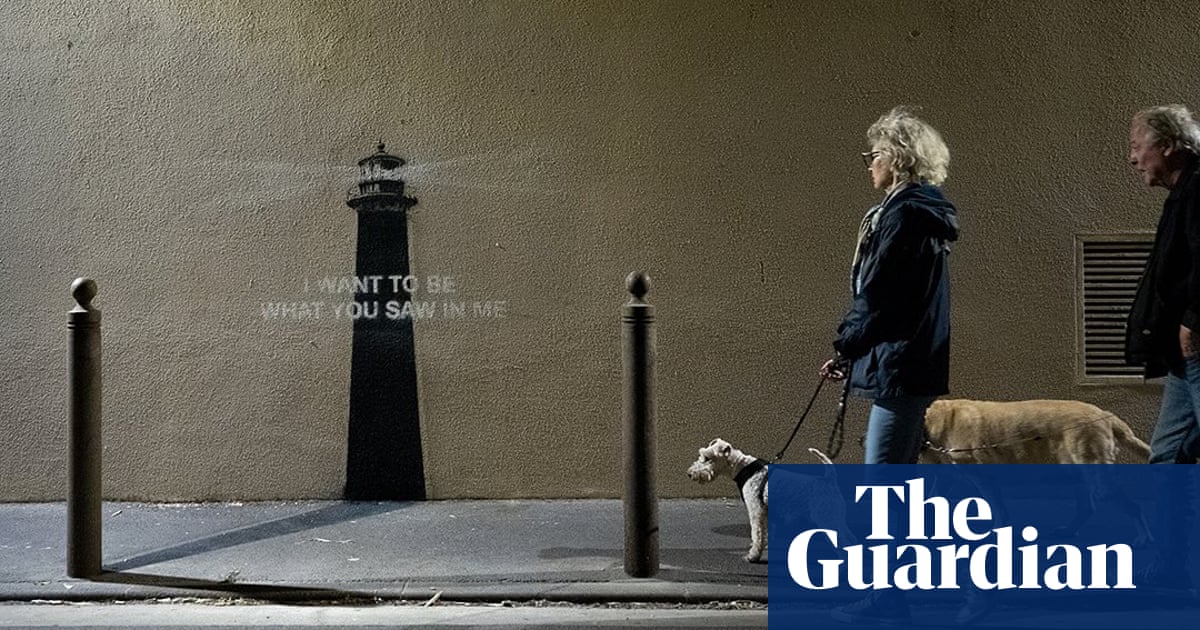Film
fromwww.theguardian.com
1 day agoIt's been called the greatest hip-hop film ever': how we made cult graffiti classic Wild Style
An underground independent film captured early hip-hop culture by blending graffiti, breakdancing, rap, real artists-as-characters, and original music from Blondie collaborators.


















